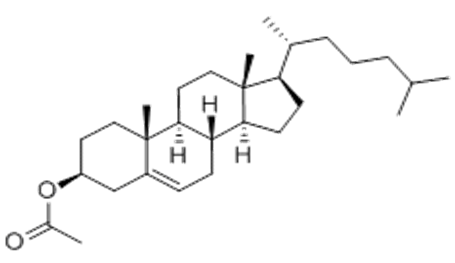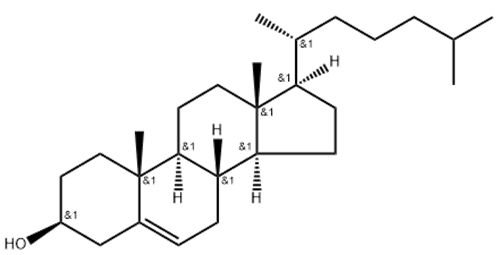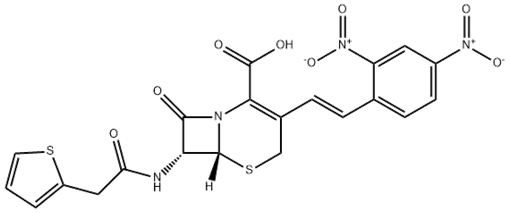Pharmaceutical intermediates refer to intermediate products in the pharmaceutical process, which are an indispensable part of the pharmaceutical process. Pharmaceutical intermediates mainly include API intermediates and synthetic intermediates. API intermediates are the main source of pharmaceutical ingredients, while synthetic intermediates are auxiliary sources of pharmaceutical ingredients.
In the pharmaceutical intermediate market, common products include Plant-origin Cholesterol/ Vegan Cholesterol (CAS No. 57-88-5), Plant-origin Cholesterol Acetate, Vegan Cholesterol Acetate,Phytogenic cholesterol acetate (CAS No. 604-35-3)
Nitrocefin (CAS No. 41906-86-9), etc.. These intermediates are of great importance in drug synthesis and are widely used in various disease treatment fields, such as vaccines, tumors, antibiotics, etc.
| Plant-origin Cholesterol Acetate
CAS No. 604-35-3
|
Plant-origin Cholesterol
CAS No. 57-88-5 chemical name: (3β)-cholest-5-en-3-ol. The chemical structural formula is as follows. |
 |
 |
Feature: Safe
All the raw materials of cholesterol products currently on the market are of animal origin, such as animal brains, spinal cords, tissues, lanolin, etc. Animal-derived products have certain particularities, such as raw materials are perishable, there may be endogenous residues or exogenous pollutants (such as proteins, microorganisms, viruses, pesticides, veterinary drugs, etc.), and the composition and/or composition ratio is not clear , specific harmful ingredients (such as prion protein), etc., which may affect the batch-to-batch consistency of the product, and even cause unpredictable adverse reactions after use.
Application of Cholesterol
.Cholesterol can be used as cosmetic raw materials, high-end pharmaceutical excipients, starting materials for the synthesis of vitamin D3, feed additives, and used in various industries of pharmaceutical and chemical production. Plant-derived cholesterol eliminates people's concerns about the risk of carrying animal viruses, and broadens its use in the pharmaceutical, cosmetic, and health food industries.
| Nitrocefin CAS No. 41906-86-9
The chemical structural formula is as follows |
 |
Nitrocefin is a widely used chromogenic cephalosporin substrate that is used to detect the presence of beta-lactamase enzymes in bacteria.
It's also known as 6-(2-nitrophenyl)-3',5'-diphenylcarbamoyl-4-methyl-2-oxo-2H-pyran-3-carboxylic acid, is a chromogenic cephalosporin substrate used for the detection of beta-lactamase activity in bacteria.
It is widely used in microbiology laboratories as a diagnostic tool to detect the presence of beta-lactamase enzymes in clinical isolates of bacteria, which can confer resistance to beta-lactam antibiotics such as penicillins and cephalosporins.
Nitrocefin has a bright yellow color in the presence of beta-lactamase enzymes, making it a useful and cost-effective screening tool for the rapid identification of antibiotic-resistant bacteria.
Additionally, it has a high sensitivity and specificity for the detection of beta-lactamases, making it a valuable tool for surveillance of emerging antibiotic resistance in clinical settings.
Advantages of Nitrocefin
Overall, Nitrocefin is a valuable tool for the detection of beta-lactamase activity in bacteria and has several advantages over other methods of detection.